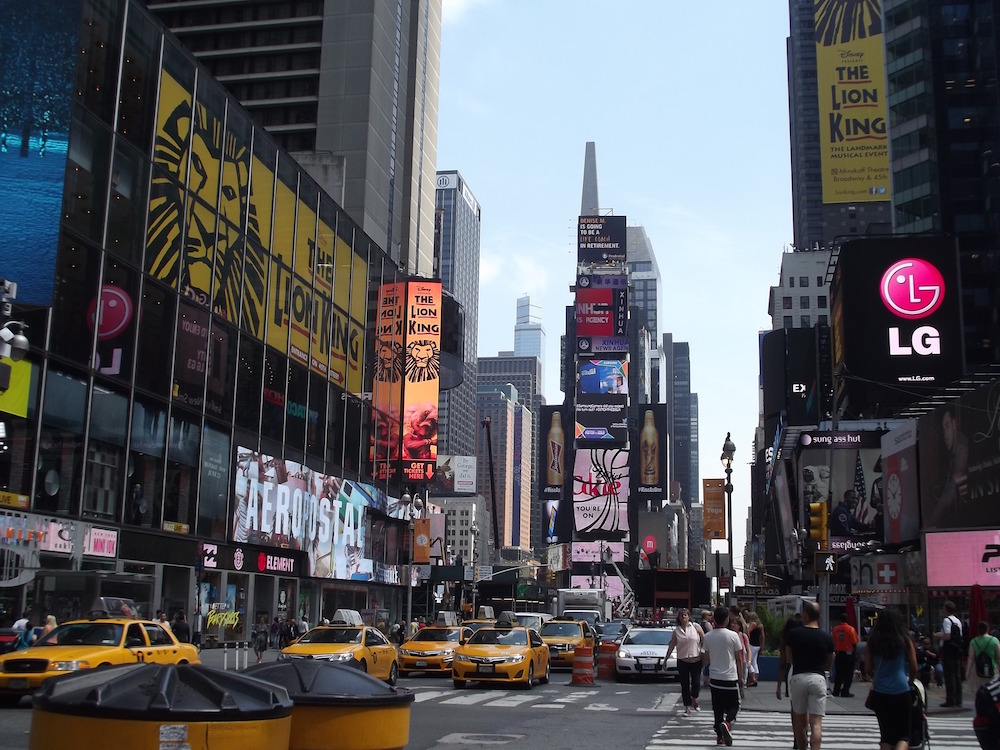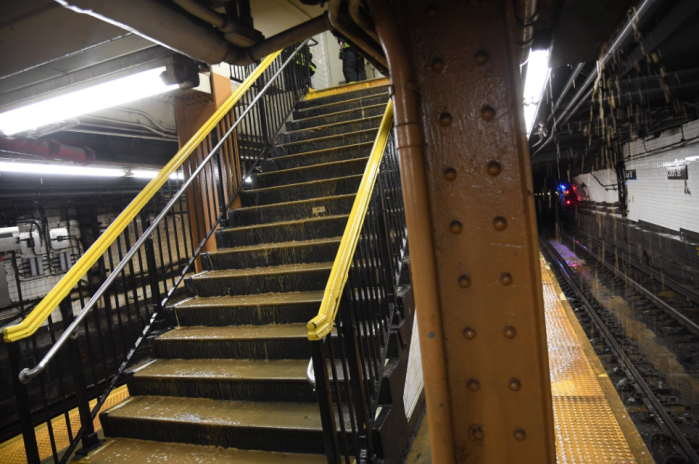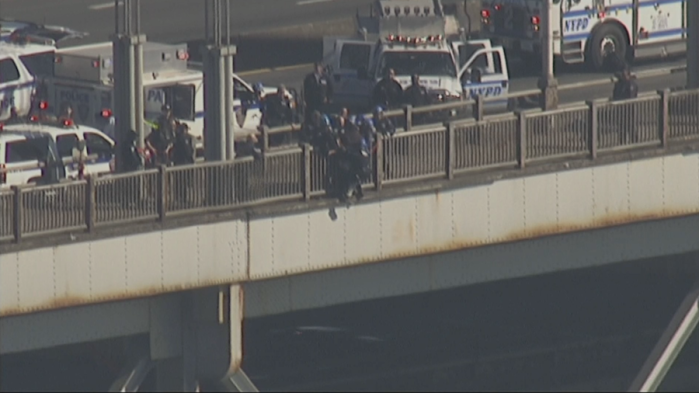New York’s Department of Homeless Services is paying nearly twice the going room rate for a night at the Waldorf Astoria to house the homeless in Times Square hotels.
The city is paying more than $600 a night to ensure that some of its homeless are taken off the streets, for a total nightly cost of about $400,000, according to a report released by city Comptroller Scott Stringer Wednesday.
The report comes after two young sisters died in “cluster housing” in the Bronx from burns caused by a burst radiator valve in their apartment. Cluster housing combines housing for homeless and non-homeless families.
RELATED: Owner of Bronx building where 2 toddlers died was on pol’s ‘100 Worst Landlords’ list
In November 2015, DHS placed 324 homeless families in city hotel rooms. By October, that number had leapt to 2,069, investigators said, adding that average hotel bills rose from $163 to $194.
Stringer revealed that the city has booked 425,000 hotel rooms since last November, at a cost of more than $72.9 million. He urged the city to find “a comprehensive, transparent road map to solve this extraordinary crisis.”
As comptroller, Stringer has been a vocal critic of Mayor Bill de Blasio’s administration, and appears to be positioning himself for a mayoral run in 2017.
RELATED:Food shortages in NYC causing families to fall off ‘hunger cliff’
Another de Blasio critic, former NYC councilwoman Christine Quinn, said the mayor needs to have a frank conversation with New Yorkers and address what makes families homeless in the first place. And she has the solution.
“The only way to do that is to open more appropriate shelters — tier II in the case of families,” she said. “This is not about ‘three hots and a cot.’ This is not about how quickly we get people out. This is about making sure the women and children never have to return to shelters again.”
Tier II shelters are shelters that follow state guidelines providing private rooms and access to services such as recreational services, information and referral services, health services and child-care.
Hotels and cluster housing — even if they add features like cameras — can’t offer the level of security that a tier II shelter can, said Quinn, the president and CEO ofWIN, which provides “holistic solution of safe housing, critical services and ground-breaking programs” for homeless families, according to its website.
One day, there was a leak in an apartment in a tier II shelter, Quinn recounted. The mother was a work and the daughter, a victim of sexual abuse, was alone. Rather than just sending maintenance to the apartment, Quinn said, WIN provided social workers and familiar faces while the leak was being fixed, showing the traumatized girl that “not all men are bad.”
“Trust me,” Quinn said, “nothing like that happens in the hotels or the clusters.”
RELATED:How cold will it be in New York and where can I get help?
De Blasio’s office said short-term solutions are all homeless New Yorkers have right now.
“There’s no doubt that hotels are not ideal for homeless New Yorkers, but until we get citywide acceptance that more shelters are needed, hotels remain the only short-term option for keeping many New Yorkers off the streets,” said de Blasio’s spokeswoman, Aja Worthy-Davis.
One alternative is the city’s “Home for the Holidays” program, which is accepting applications through the end of December. The initiative would provide between $1,200 to $1,800 a month to people who house homeless friends and relatives. The homeless family and host would also both get $500 upon move-in.
According to Quinn, 70 percent of homeless people are families with children.
And a child who is homeless is twice as likely to become a homeless adult, she added.
“You can’t get out of the hotels and clusters by wishing and hoping and wringing your hands,” Quinn said. “You have to build full service tier II shelters. And admit to the city how long the problem will take to be solved.”
Kimberly M. Aquilina contributed to this report.

























